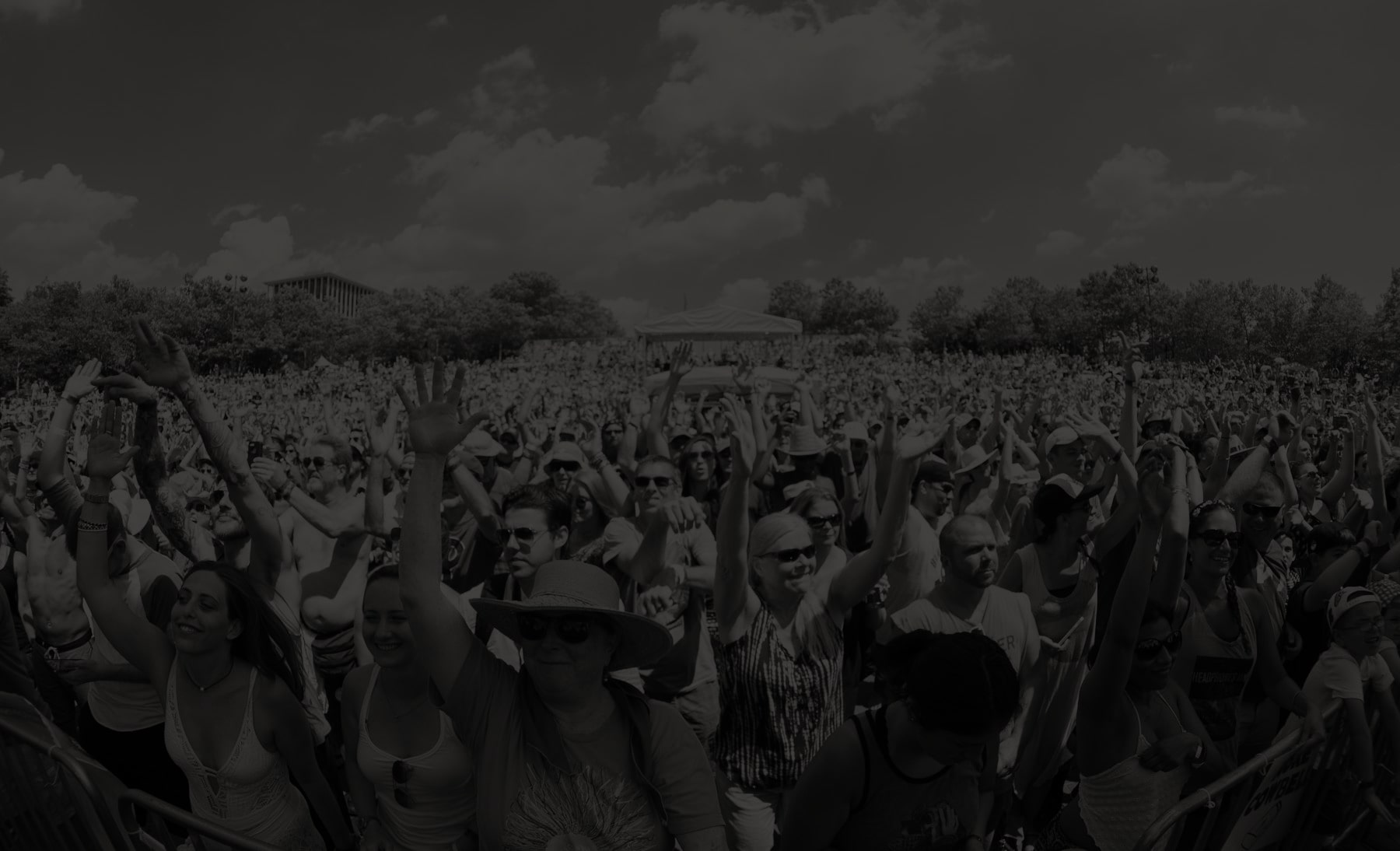
Unlocked: Blayer Pointdujour on making music of the people, for the people
This week on Unlocked, we’re featuring The Bull, the debut full-length from Blayer Pointdujour and the Rockers Galore. A revolutionary fusion of dub, reggae, kompa and punk rock, the album’s themes deal equally in struggle, escapism and empowerment. I sat down with Pointdujour over drinks at McGlinchey’s last Thursday, and while the digital jukebox shuffled our background music from Nirvana to Carly Rae Jepsen, Blayer pondered the process of making music of the people, for the people – writing songs that echo frustrations but also uplift.
The Key: This album tackles a lot. For one body of work, it’s three very distinct subjects. Was it a challenge, as a writer, to cover all this territory?
Blayer Pointdujour: I feel like the whole thing is very voyeuristic. I’m picking these moods. I’ll hear a drum beat – it always starts with the drums – and I’ll think ‘this mood fits that.’ And then I’ll write around it, and rewrite it, and rewrite again until it’s firm. It doesn’t feel hard; I’m just picking my moods, and finding the words to fit them.
TK: Seeing what stories fit what moods.
BPDJ: Yeah!
TK: And it’s not just your story. You talk about your family, your uncle. You take a third-person view, talking about history. And there are the guest vocalists. Everybody is weighing in, but all around the same area.
BPDJ: It’s crazy how just the music draws that out of people. Like, I cut this demo with Voss, a rapper – he’s kind of like Rone, like a pop rapper. But I sent him this one track, and he took the opportunity to talk about all this different stuff, all this real stuff. All the singers, all the guests, when they hear the music they’re like oh, now I can talk about something real.
TK: Does it have the same effect on you?
BPDJ: Definitely. Its why I picked the medium. Other bands concentrate on the way they look, how famous they want to be. And I think reggae lyrics, reggae music, island music in general, it’s for the people, it’s for everyone. It’s for anyone. So that’s why I picked this medium – I want to create music that uplifts people, explains their struggle but sheds a good light on it.
TK: For this release, you worked at Milkboy again. How was the experience?
BPDJ: It was awesome to work with Tommy again, he means a lot to me. When I made the EP, he was so into it, and he really pushed me to write the album. He taught me about stems, and now I have my own ProTools rig at home, and I’m something like eight tracks deep on the next record. And he’s just so sick – a lot of musicians I meet are like drunken fuckups, and he’s just got a totally different energy. He’s like a clean cut family man, and even Schooly D, he said he kind of gave him advice to help turn his life around. And I feel like the change in my life has been because of his influence, some of the positive tracks you hear – and the fact that I am able to write so much more now – is because of him.
TK: Tell me about the “Gunz of Philly” video. It was shot by Woodshop Films, but the drumline is associated with Project H.O.M.E., where your day job is?
BPDJ: Yeah. At Project H.O.M.E., we have 18 buildings. Some are housing for people off the street, families who need assistance, women who need assistance. And then we have this community center. Up in the neighborhood, at 23rd and Diamond, they have an after school type building. It’s pretty dope, it has three floors – adult learning, K through 8 learning, and teens. And then the top floor we have a community center. And this lady Miss Helen runs it, she lives in the neighborhood – has lived in the neighborhood her whole life – and she leads this after school program that’s a drumline. And they compete all over the country, they’ve won tons of awards. So Mark at Woodshop had this idea, and I was like ‘hey, I know a drumline. All we have to do is talk to Miss Helen.’ And she heard the song and she liked it. So we got the kids, and did it in one day in North Philly. And they had the step team, and I didn’t realize they were going to be so young – I think it brought life to the song, a bunch of kids dancing. Our next video is going to be for “Stay Icey,” and we’re shooting one for “1804” too.
TK: With that song, why did you decide to go back to the history of the Hatian slave revolt?
BPDJ: In my mind, it was “Iron Dread Part II.” It was the same topic kind of, I just felt like I delved into it more. The first verse, it’s back to Copperstone – I tried to think of a slave’s mind he’s in Africa, getting dragged to Haiti. And then the second verse is back to Saint-Domingue – it’s us, Hatians in America, what if we went back to Haiti? So it’s about displacement, and wanting to be free in different countries. Everyone probably had the same thought of freedom, whether it was early slaves in Haiti, to here, our economic crisis.
The Bull (2012) is the featured album in this edition of Unlocked; hear the spotlighted song “One Hit” in Monday’s post, read Tuesday’s album review; watch the “Gunz of Philly” video in yesterday’s post and check back tomorrow for their Spotify playlist.